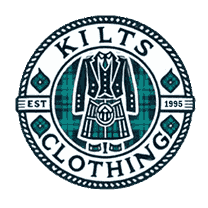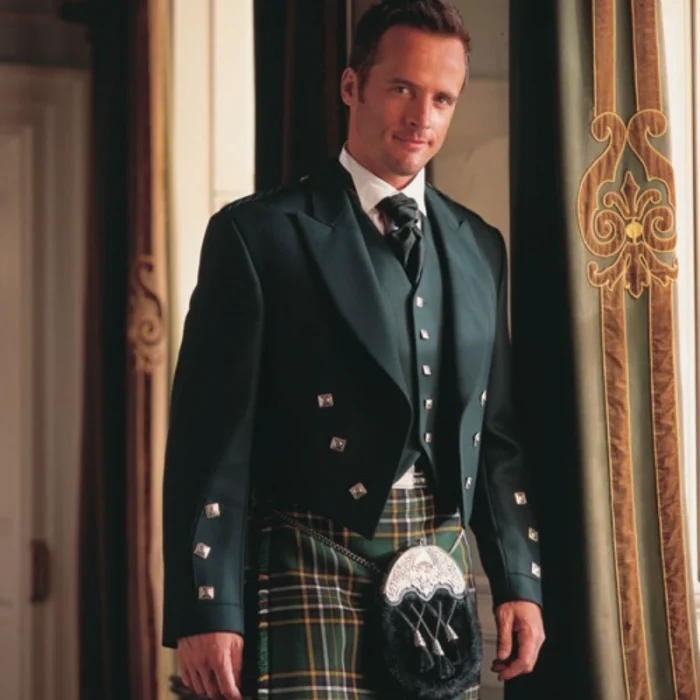Do Irish Wear Kilts? Distinguishing Fact from Myth
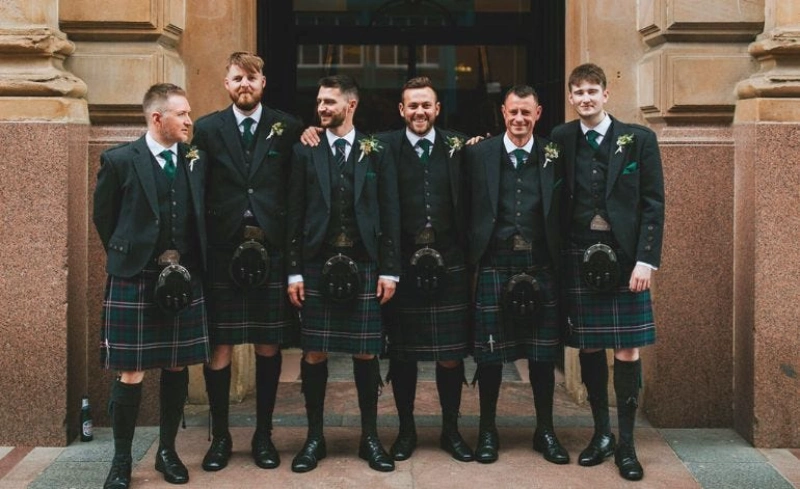
Mens Kilt have a long history dating back to the sixteenth century, initially worn by Highland Scots for practicality in Scotland's rugged terrain. Over time, they evolved into ceremonial attire, distinguished by tartan patterns representing specific Scottish clans.
Today, kilts are worn worldwide, symbolizing Scottish heritage and pride. They feature in various cultural events, parades, and formal occasions, showcasing their timeless appeal and historical significance.
Do the Irish Wear Kilts?
The question of whether Irish people wear kilts has sparked debate. While not as widely recognized as in Scotland, Irish kilts, known as "feileadh mór," do exist and serve ceremonial purposes similar to Scottish kilts.
However, they are typically plain-colored and not associated with specific clans. Interestingly, Irish kilts for men are often worn during cultural celebrations like St. Patrick's Day and Gaelic festivals. Many wear them proudly to honor their heritage and connect with their Celtic roots.
Despite the differences, both Scottish and Irish kilts share a common thread of cultural significance and tradition.
The History of the Irish Kilt:
Irish kilts trace their origins to ancient Celtic tribes in Ireland, where a garment called "brat" evolved into the modern Irish kilt.
Scottish Highlander immigrants further influenced Irish kilts in the late 19th and early 20th centuries, introducing pleated styles and tartan patterns.
Ireland's Tartans and Kilts:
Unlike Scottish kilts, which feature distinct tartan designs for clans, Irish kilts are generally made from solid-colored wool, such as green, blue, or black. They are commonly worn at formal events like weddings and are integral to Irish step-dancing costumes.
Irish Step-Dancing with Kilts:
Irish step-dancing, renowned for its rapid footwork and upright posture, often incorporates the traditional Irish kilt as part of its attire. This dance form has deep cultural roots in Ireland and continues to be practiced worldwide.
Irish Weddings and Kilts:
Kilts can be dressed up or down, making them a versatile addition to any child’s wardrobe. They can be paired with casual t-shirts for a relaxed look or formal jackets for special occasions.
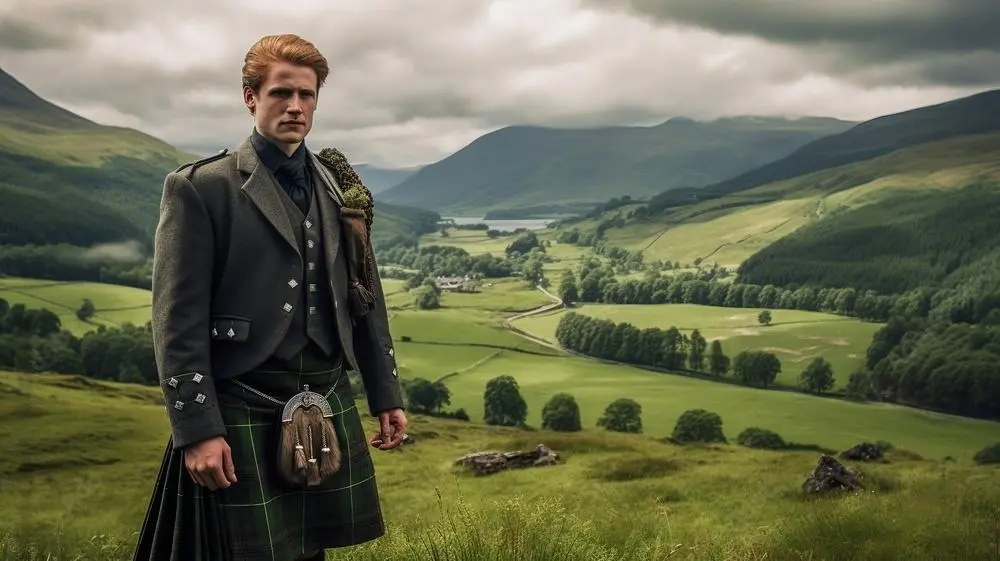
Many Types of Irish Kilts
Irish kilts come in various styles, each with its own unique characteristics and historical significance
The Great Kilt:
This traditional style consists of a single piece of pleated wool cloth wrapped around the body. It is often accompanied by a waistcoat, jacket, and shirt, reflecting its ceremonial use in formal settings.
Irish Fly Plaids:
Similar to Scottish attire, Irish kilts may feature a fly plaid—a long strip of cloth worn over one shoulder and secured with a brooch. This accessory adds a touch of elegance and tradition to the kilt ensemble.
The Casual Kilt:
A more contemporary variation, the casual kilt is designed for informal gatherings such as festivals or athletic events. It is crafted from lightweight fabric, offering comfort and flexibility for everyday wear.
Each style of Irish kilt embodies a distinct aspect of Irish culture and history, serving as a testament to the garment's enduring popularity and versatility in women and also mens in kilt.
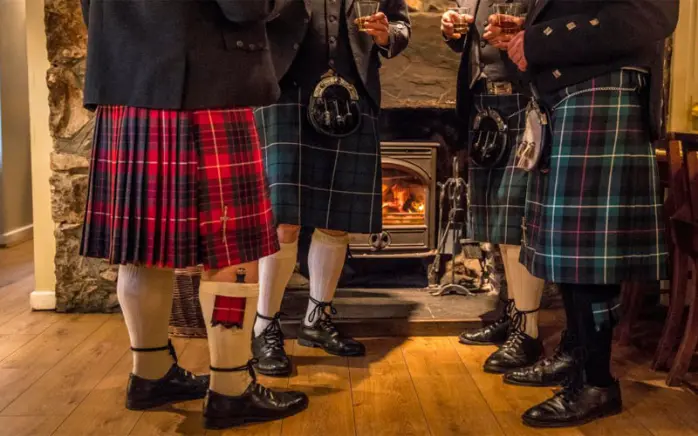
How the Irish Kilt Is Worn
1. Choose the Right Style
Select a kilt style based on the occasion. A traditional Irish kilt or a modern wedding kilt is ideal for formal events like weddings. For casual wear or utility, consider hybrid kilts or utility kilts.
2. Wear at the Waistline
Kilts should be worn at your natural waistline, higher than where you'd wear pants. This position ensures the kilt fits properly and allows for ease of movement.
3. Secure with a Kilt Pin
Fasten the front of your kilt with a kilt pin. This keeps the fabric in place and adds a decorative element. Ensure the kilt pin is positioned slightly above the line where the wrinkles start.
4. Add a Sporran
Attach a sporran, a small pouch worn at the front of the kilt. This accessory serves functional and traditional purposes, offering a place to carry essentials and adding to the overall look.
5. Complete the Look
Wear a kilt belt with a decorative buckle for a polished appearance.
Match your kilt with a kilt hose (socks) and appropriate shoes, such as ghillie brogues.
Consider pairing your kilt with a matching jacket and vest, depending on the event's formality.
By following these steps, you'll ensure your Irish kilt is worn correctly and stylishly, whether for a wedding, a formal event, or a casual outing.
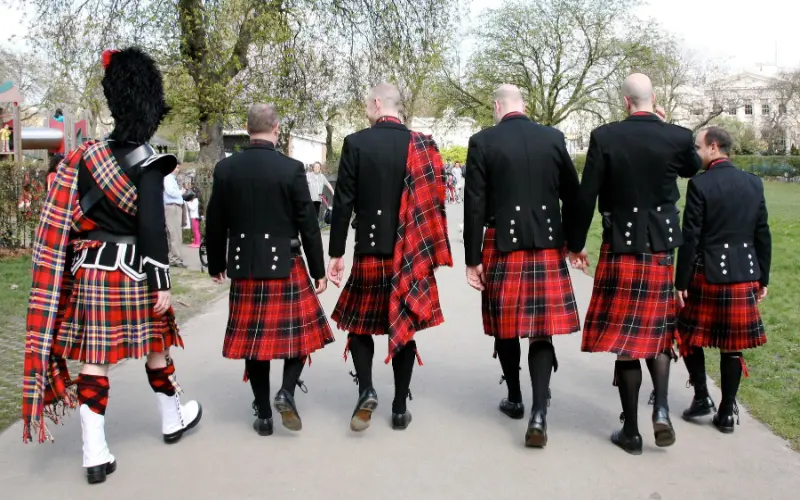
Conclusion
In conclusion, the Irish mens kilts stands as a testament to Ireland's rich cultural heritage and its enduring connection to traditional attire.
While Scottish kilts may be more widely recognized, Irish kilts hold their own significance within Irish culture, representing a blend of ancient Celtic traditions and influences from Scottish immigrants. Whether worn for ceremonial purposes like weddings, cultural expressions such as step-dancing, or simply as a statement of pride in Irish heritage, the Irish kilt continues to evolve while maintaining its distinct identity.
By understanding the history and customs surrounding the Irish kilt, individuals can appreciate its role in both past and present Irish culture, ensuring its legacy endures for generations to come
